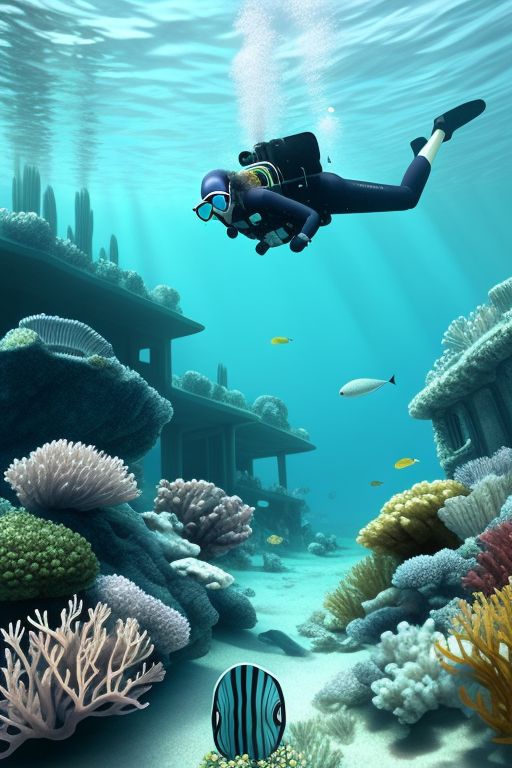The exploration of living on the ocean floor is a fascinating frontier in humanity’s quest to inhabit new and extreme environments. This venture into underwater habitats offers opportunities for scientific research, resource exploration, and potentially even permanent human settlements beneath the sea. The concept involves creating habitable structures that can withstand the immense pressure, dark conditions, and cold temperatures of the deep sea, providing a safe and sustainable living environment for humans.
Historical Efforts and Modern Advances
The history of underwater habitats begins with experimental projects like the U.S. Navy’s SEALAB programs in the 1960s, which demonstrated that humans could live and work at depths for extended periods through the process of saturation diving. Jacques Cousteau’s Conshelf projects further explored these possibilities, establishing habitats for researchers to study marine life up close.
In recent years, technological advances have significantly improved the feasibility of constructing underwater habitats. Innovations in materials science have led to the development of structures that can resist the corrosive saltwater environment and the crushing pressures of the deep sea. Life support systems have also become more sophisticated, offering more efficient ways to recycle air and water, and to provide energy through renewable sources like wave and solar power, or through umbilical connections to the surface.
Potential Uses and Challenges
Scientific Research: Underwater habitats can serve as bases for marine biologists, oceanographers, and climate scientists to conduct in-depth studies of the ocean’s ecosystems, biodiversity, and geological features. Living on the ocean floor allows for prolonged observation and research that would be impossible from surface ships or short-term dives.
Resource Exploration: The ocean floor is rich in resources, including minerals and energy reserves like oil, gas, and potentially hydrate deposits. Underwater habitats could support the exploration and sustainable extraction of these resources.
Space Analogy and Training: The extreme conditions of the ocean floor make it an excellent analog for space environments. NASA and other space agencies have used underwater habitats to simulate space missions and train astronauts, helping them to prepare for the challenges of living and working in outer space.
Tourism and Colonization: Although still in the realm of speculation, there is potential for underwater habitats to become tourist destinations or even permanent colonies for humans seeking new lifestyles. These habitats could offer unique experiences of the underwater world, contributing to a broader understanding and appreciation of our oceans.
Challenges
Despite the potential, living on the ocean floor presents numerous challenges. The high cost of construction and maintenance, the technical difficulties of providing sustainable life support systems, and the psychological effects of isolation and confinement in an extreme environment are significant hurdles. Furthermore, any effort to inhabit the ocean floor must also consider the environmental impact on delicate marine ecosystems.
The Future
The future of underwater habitats is likely to be driven by a combination of scientific curiosity, commercial interest, and the adventurous human spirit. As technology advances and our understanding of the ocean improves, the dream of establishing a presence on the ocean floor becomes increasingly within reach. However, careful consideration of the ecological and ethical implications is essential to ensure that humanity’s underwater endeavors are sustainable and responsible.
Exploring the possibility of living on the ocean floor opens up new horizons for humanity, not just in terms of physical space, but also in our understanding of life on Earth and our capacity for innovation and adaptation.


